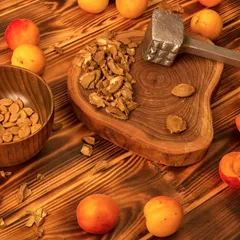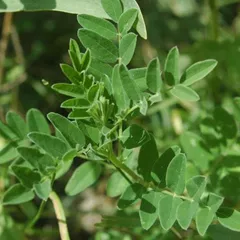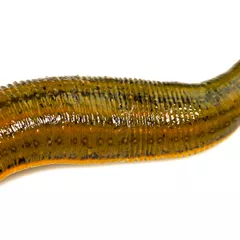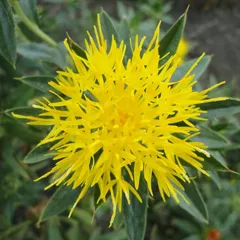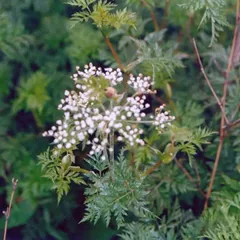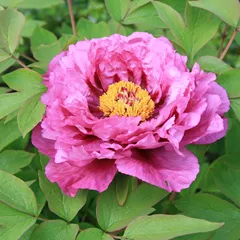Cor pulmonale according to Chinese Medicine
The information provided here is not a replacement for a doctor. You shouldn't use it for the purpose of self-diagnosing or self-medicating but rather so you can have a more informed discussion with a professional TCM practitioner.
Cor pulmonale factsheet
Possible causes and remedies:
Symptoms: Chest pain Purple lips Palpitations and six other symptoms
Recommended formula: Xue Fu Zhu Yu Tang
Symptoms: Nausea Vomiting Epigastric pain and one other symptom
Recommended formula: Xue Fu Zhu Yu Tang
In Chinese Medicine, cor pulmonale can be associated with two so-called "patterns of disharmony". Chinese Medicine sees the body as a system, not a sum of isolated parts. A "pattern" is when the system's harmony is disrupted. It is not equivalent to the Western concept of "disease", as a matter of fact here cor pulmonale can be caused by two different patterns.
To understand whether someone's cor pulmonale might be caused by a given pattern, one needs to look for signs and symptoms associated with the pattern beyond what one might typically experience from cor pulmonale alone. For instance when cor pulmonale is caused by the pattern Pericardium Blood Stagnation, patients also experience symptoms such as chest pain, hypochondriac pain, palpitations and painful period. Similarly, patients with Pericardium Blood Stagnation typically exhibit knotted (Jie) or wiry (Xian) pulses as well as a bluish-purple tongue.
We've listed below a description of the two patterns associated with cor pulmonale so that you can start to get an understanding of the various possibilities according to Chinese Medicine.
Once identified, patterns are often treated using herbal formulas. Drinking herbal infusions is the most common remedy in Chinese Medicine, together with acupuncture. Here we detail below three formulas that can help treat the various patterns associated with cor pulmonale, depending on which pattern fits your profile.
The two "patterns of disharmony" associated with cor pulmonale
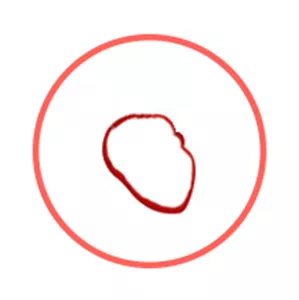
The Pericardium is a so-called "Zang" Organ. Learn more about the Pericardium in Chinese Medicine
Pericardium Blood Stagnation
Pulse type(s): Knotted (Jie), Wiry (Xian)
Tongue color: Bluish-Purple
Recommended herbal formula: Xue Fu Zhu Yu Tang
Symptoms: Chest pain Purple lips Palpitations Purple nails Painful period Hypochondriac pain Shortness of breath Dark clots in menstrual blood Feeling of oppression of the chest
Cor pulmonale might be due to Pericardium Blood Stagnation if the condition is paired with typical pattern symptoms such as chest pain, hypochondriac pain, palpitations and painful period. Similarly, patients with Pericardium Blood Stagnation typically exhibit knotted (Jie) or wiry (Xian) pulses as well as a bluish-purple tongue.
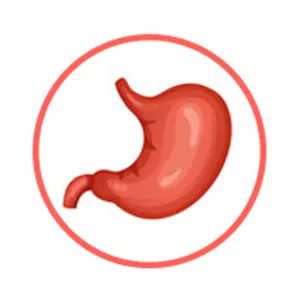
The Stomach is a so-called "Fu" Organ. Learn more about the Stomach in Chinese Medicine
Stomach Blood Stagnation
Pulse type(s): Wiry (Xian)
Tongue color: Bluish-Purple
Recommended herbal formula: Xue Fu Zhu Yu Tang
Symptoms: Nausea Vomiting Epigastric pain Vomiting of blood
Cor pulmonale might be due to Stomach Blood Stagnation if the condition is paired with typical pattern symptoms such as epigastric pain, nausea, vomiting and vomiting of blood. Similarly, patients with Stomach Blood Stagnation typically exhibit wiry (Xian) pulses as well as a bluish-purple tongue.
The three herbal formulas that might help with cor pulmonale
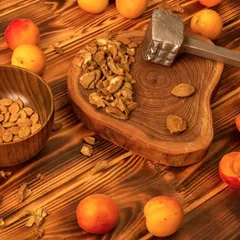
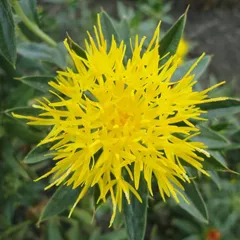
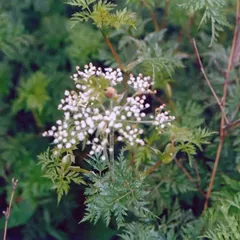
The top herbs in Xue Fu Zhu Yu Tang are Peach Kernels (Tao Ren), Safflowers (Hong Hua) and Szechuan Lovage Roots (Chuan Xiong)
Xue Fu Zhu Yu Tang
Source date: 1830 AD
Number of ingredients: 11 herbs
Key actions: Invigorates the Blood. Dispels blood Stagnation. Spreads the Liver Qi. Unblocks the channels.
Why might Xue Fu Zhu Yu Tang help with cor pulmonale?
Because it is a formula often recommended to help with the patterns Pericardium Blood Stagnation and Stomach Blood Stagnation which are sometimes associated with cor pulmonale. If any of these patterns look like something you might suffer from, this formula might help (although please seek confirmation with a professional practitioner beforehand).
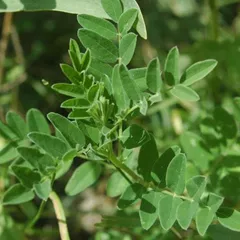


The top herbs in Bu Yang Huang Wu Tang are Milkvetch Roots (Huang Qi), Dong Quai (Dang Gui) and Szechuan Lovage Roots (Chuan Xiong)
Bu Yang Huang Wu Tang
Source date: 1830 AD
Number of ingredients: 7 herbs
Key actions: Tonifies Qi. Invigorates Blood. Unblocks the channels.
Why might Bu Yang Huang Wu Tang help with cor pulmonale?
Because it is a formula often recommended to help treat , a pattern sometimes associated with cor pulmonale. If it looks like you might suffer from , this formula might help (although please seek confirmation with a professional practitioner beforehand).
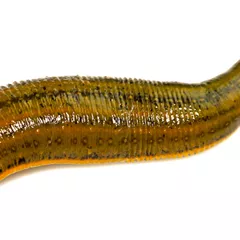


The top herbs in Di Dang Tang are Leeches (Shui Zhi), Tabanus Horseflies (Meng Chong) and Peach Kernels (Tao Ren)
Di Dang Tang
Source date: 220 AD
Number of ingredients: 4 herbs
Key actions: Breaks up and dispels Blood Stagnation .
Why might Di Dang Tang help with cor pulmonale?
Because it is a formula often recommended to help treat , a pattern sometimes associated with cor pulmonale. If it looks like you might suffer from , this formula might help (although please seek confirmation with a professional practitioner beforehand).

